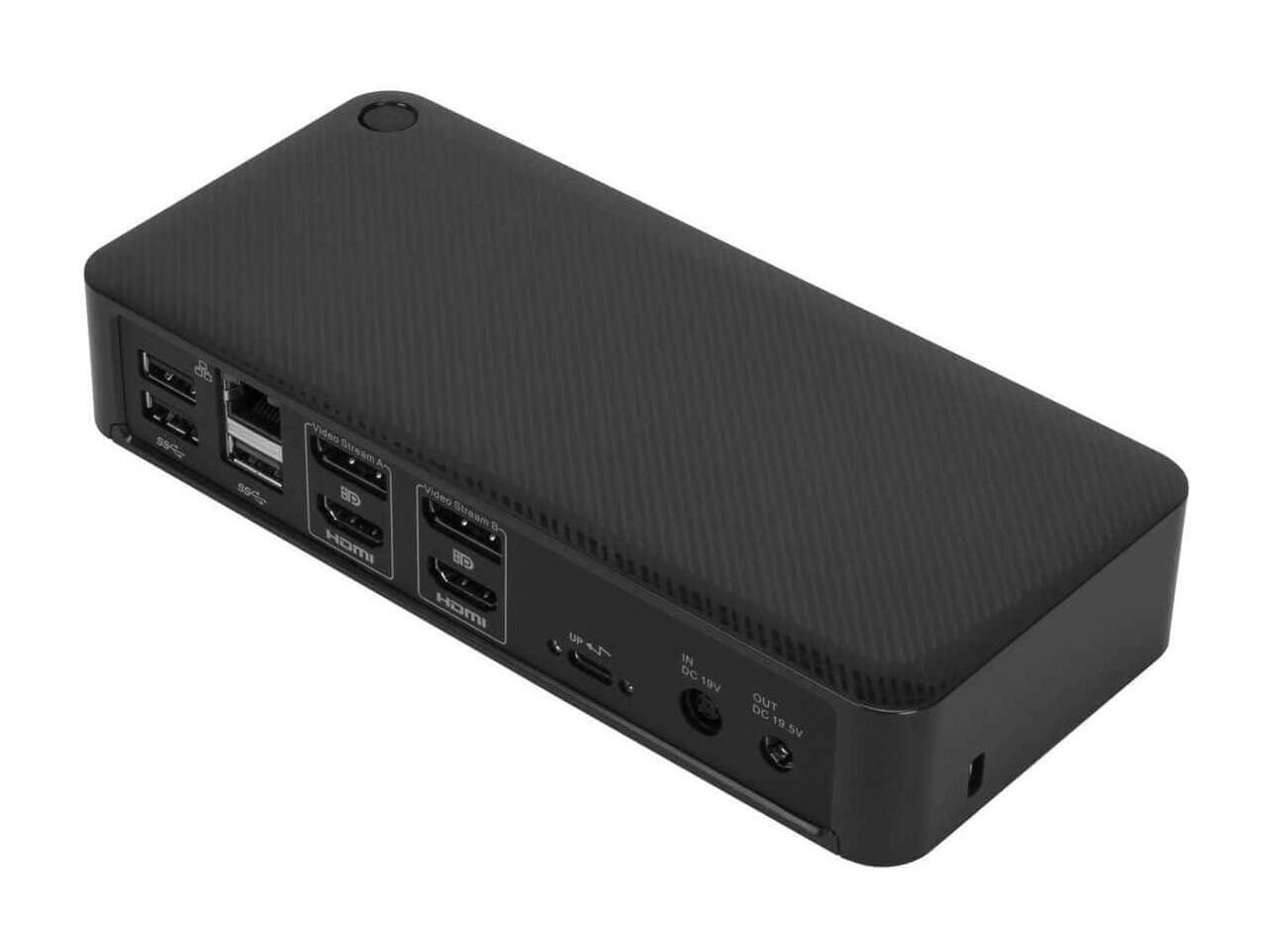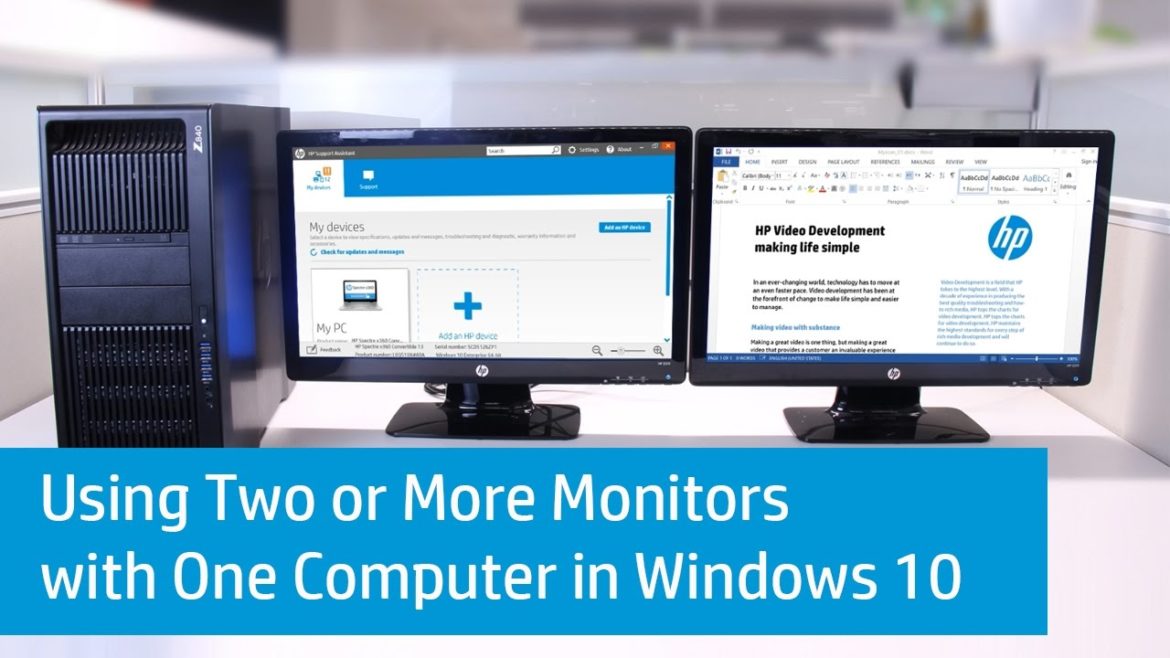

However, some special approaches may increase the multithread performance. At the usual application level, multihead is presented just as a single larger monitor spanning over all screens.
RUNNIG 2 DISPLAYS ON 1 PROCSSOR SOFTWARE
Ordinary software does not need special support for multiple screens even if it uses the graphic accelerator. Developing software for multiple monitor workstations
RUNNIG 2 DISPLAYS ON 1 PROCSSOR CODE
They are useful to display more information vertically down the page, computer programmers use this configuration most often to see as many lines of code on the screen as possible without having to scroll a lot. Vertical monitors are usually added as a secondary display to the left or right of the main landscape oriented monitor.

Vertical monitor second display to the left There are also a number of games, mostly for the Nintendo DS, whose gameplay spans across both screens, combining them into one tall screen for a more unique and larger view of the action. Games on these systems take advantage of the two screens available, typically by displaying gameplay on the upper screen, while showing useful information on the bottom screen. Nintendo demonstrated the feasibility of playing multi-monitor games on handheld game consoles in designing the Nintendo DS and its successor, the Nintendo 3DS, which both became successful consoles in their own right. It uses 2 32" LCD screens and an angled mirror to create a seamless widescreen. The most recent use of a multi-monitor setup in arcades occurred with Taito's Dariusburst: Another Chronicle game, released in Japan in December 2010 and worldwide the following year. Although large screen technology such as CRT rear projection was beginning to be used more often, multi-monitor games were still occasionally released, such as Sega's F355 Challenge from 1999 which again used 3 28" monitors for the sit-down cockpit version. As arcade technology entered the 1990s, larger cabinets were being built which in turn also housed larger monitors such as the 3 28" screen version of Namco's Ridge Racer from 1993. The concept of "multi-monitor" games is not limited to games that can be played on personal computers. Arcade machines and handheld console games Many games without inherent multi-monitor support such as Guild Wars and World of Warcraft can also be made to run in multi-monitor set-ups, with this technique or in conjunction with addition of third-party software A larger list of games that support dual/multi-screen modes is available at WSGF. Ī large number of older games support multi-monitor set-ups by treating the total screen space as effectively a single monitor to the game, a technique known as spanning. Others such as Supreme Commander and World in Conflict can use an additional monitor for a large scale map of the battlefield. Various flight simulators can use these monitor setups to create an artificial cockpit with more realistic interfaces. More recently, games have used multiple monitors to show a more absorbing interface to the player or to display game information. Implementation ĪMD Eyefinity-driven multi-monitor system for gamingĮarly versions of Doom permitted a three-monitor display mode, using three networked machines to show left, right, and center views. There is no evidence that office work with dual-monitor setups presents a possible hazard to workers. Physiologically limiting factors observed during work on dual monitors were minor and not generally significant.


Overall, the results of physiological studies and the preferences of the test persons favour a dual-monitor rather than single-monitor setup. Measurements of the Institute for Occupational Safety and Health of the German Social Accident Insurance showed that the quality and quantity of worker performance varies according to the screen setup and type of task. Research studies show that, depending on the type of work, multi-head may increase the productivity by 50–70%. Multi-monitor, also called multi-display and multi-head, is the use of multiple physical display devices, such as monitors, televisions, and projectors, in order to increase the area available for computer programs running on a single computer system. Two dual-monitor digital audio workstations


 0 kommentar(er)
0 kommentar(er)
